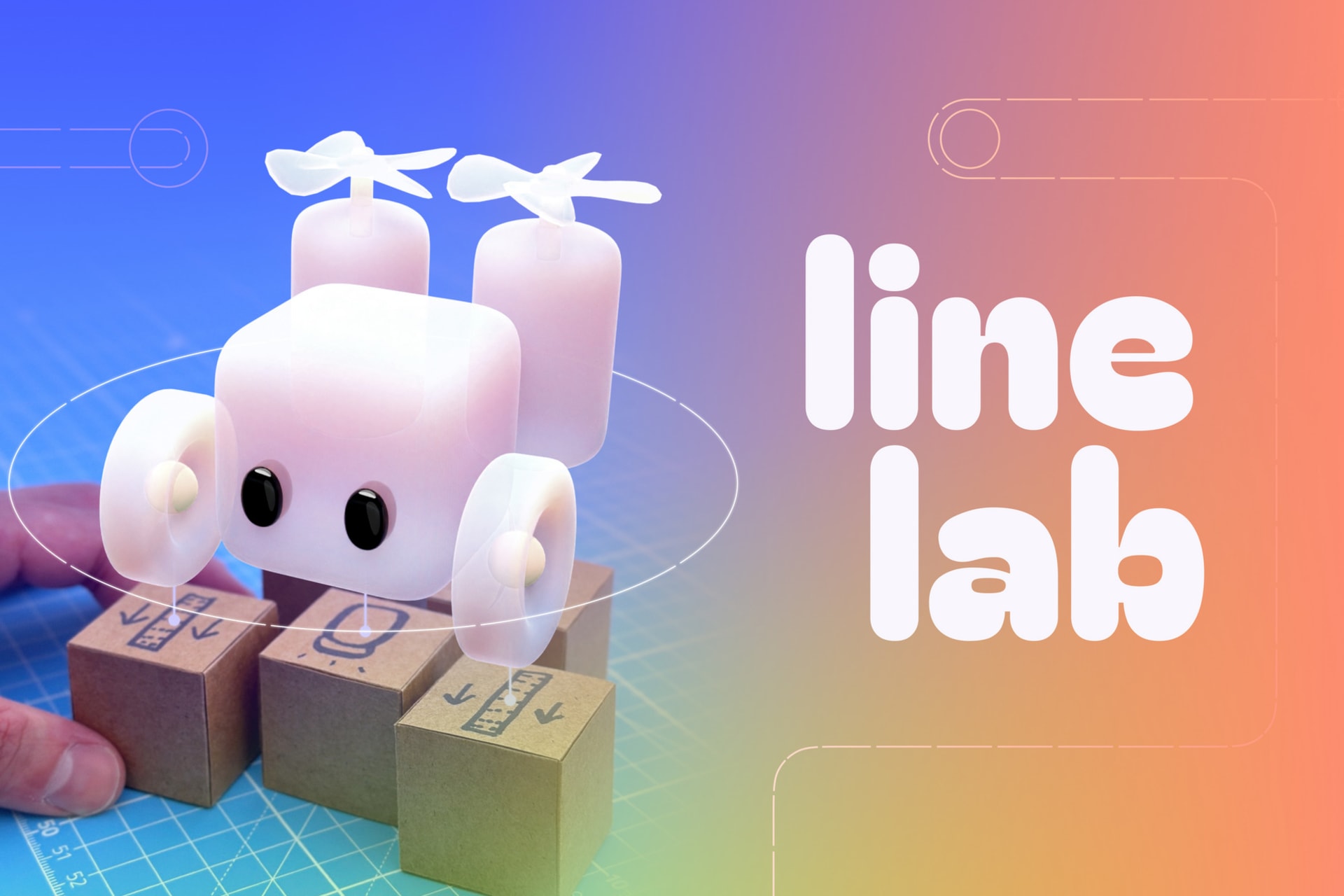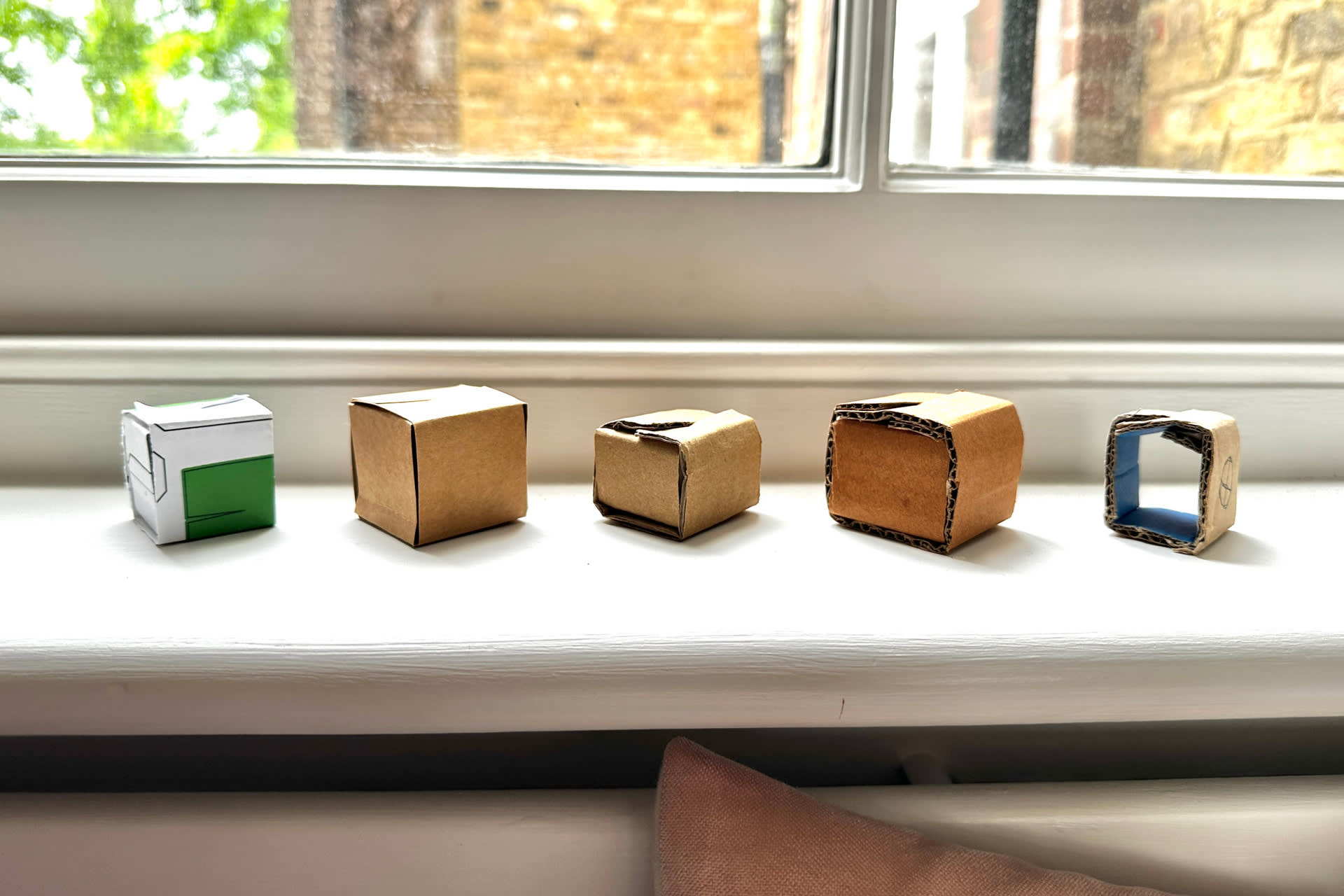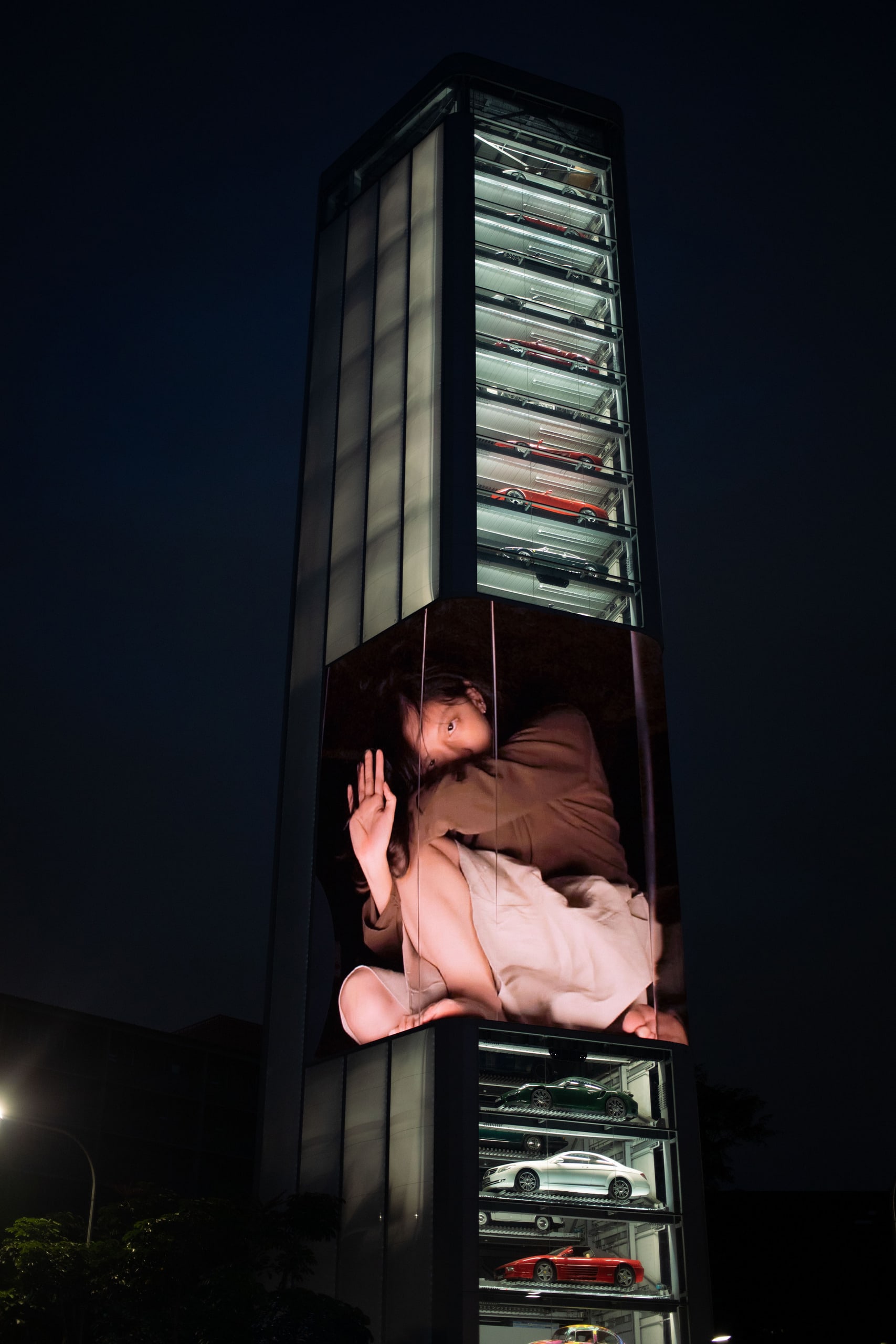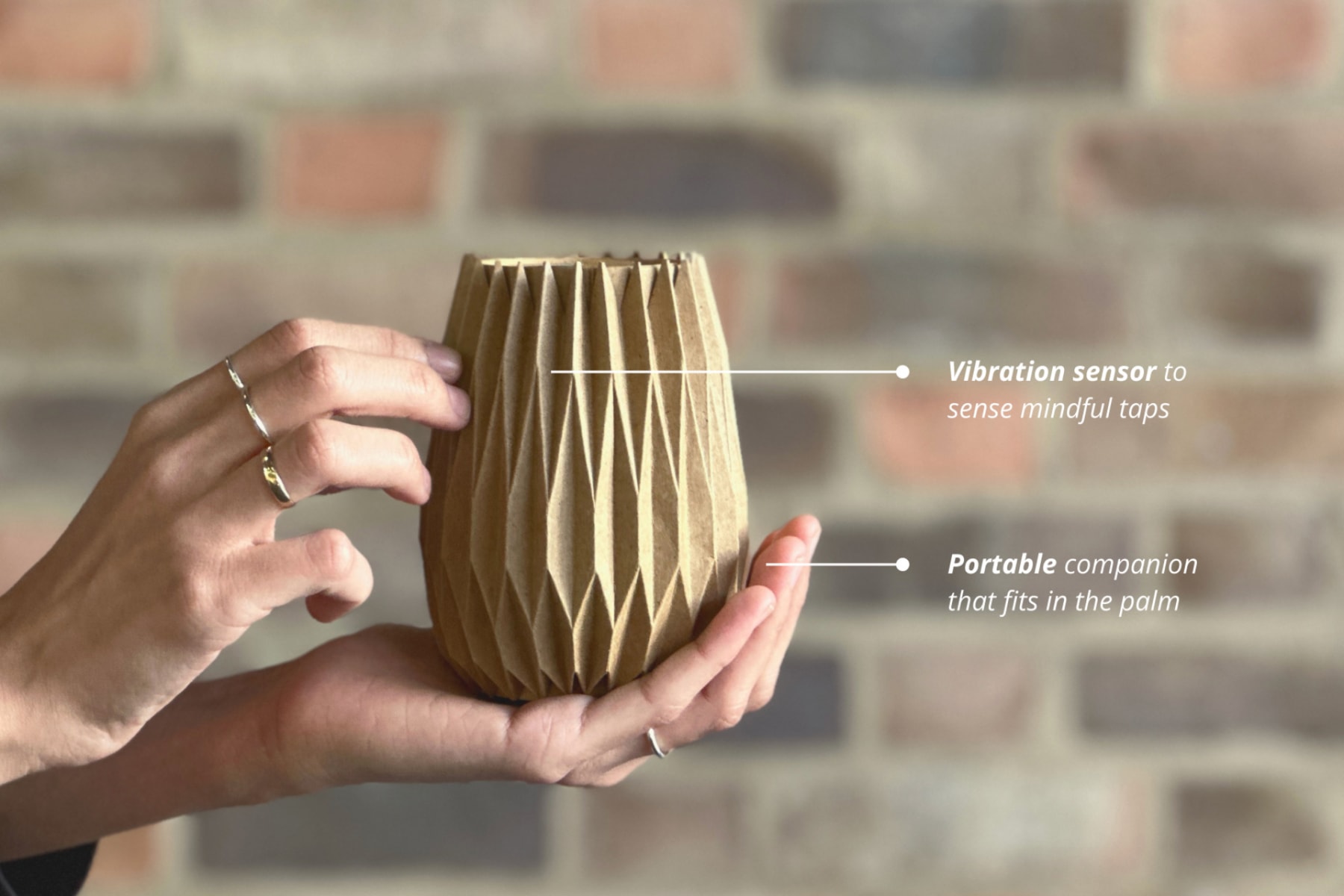Xin is an interdisciplinary experience designer with a background in environmental psychology, spatial design, and design strategy. Driven by a fascination with the ways humans sense the environment and interact with the world, she designs experiences and systems for a more delightful, sustainable and inclusive future through elevating human-human and human-environment connections.
Selected Experiences
- Visual Designer, Soulo (2021 - 2023)
- Exhibition: Box Body, ART-ACT Festival at TenSquare Singapore (2023)
- Exhibition: Periplus Workshop: Form, Creative Residency, Greece (2022)
- Workshop Design: Speculative Design Sprint, South Korea (2022)
- Design and Research Intern, Paul Lukez Architecture (2019)
Education
- 2023: MA/ MSc Global Innovation Design, Royal College of Art & Imperial College London
- Exchange at Tsinghua University (virtual) and Nanyang Technological University
- 2020: BSc Design and Environmental Analysis, Cornell University
Awards
- Top 3 finalist, Media Architecture Biennale 2023: Transmedial Media Architecture Student Awards Category (With JJ Agcaoili, 2023)
- 2nd Place, Cresta Climate Challenge: Student Category (With Adira Andlay, 2022)
- 1st Place, Put it to the Test: Service Category, Thermo Fisher Scientific (With Jialin Ke, 2021)

















